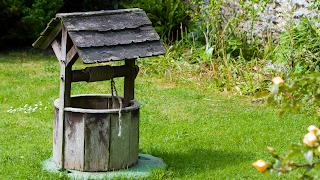Bottled Water vs. Tap Water

Is there a large difference between tap water and bottled water? Let’s take a look at some of the differences! When it comes down to the molecules, water is water. The important question is what contaminants are in the water you are drinking? The majority of water that we use for drinking comes from underground wells and lakes and rivers. This water is then treated, either by a municipality or by a private company. Municipal water is what most people have running in their homes. People refer to the water coming from their faucet as “tap water”. This is true regardless of whether the water is treated by your local municipality or privately at home. Now, it us usually assumed that bottled water is of a higher quality than tap water. However, it is estimated that up to 30% of bottled water is really just bottled tap water with no further treatment added. Tap water is typically thought to be less pure than municipal water. To an extent, this is true, as all tap water will have contam





